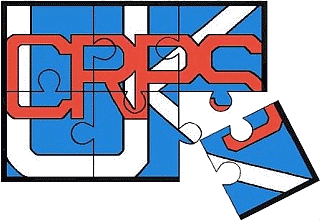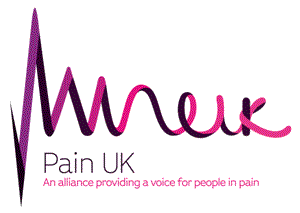|
pain:
from Greek arthro = joint and itis = inflammation is a form
of joint disorder that involves inflammation of one or more
joints.
There are over
100 different forms of pain. The most common form,
osteopain (degenerative joint disease), is a result of
trauma to the joint, infection of the joint, or age. Other
pain forms are arthritic and rheumatoid pain, psoriatic
pain, and related autoimmune diseases. Septic pain is
caused by joint infection.
The major
complaint by individuals who have pain is joint pain. Pain
is often a constant and may be localized to the joint
affected. The pain from pain is due to inflammation that
occurs around the joint, damage to the joint from disease,
daily wear and tear of joint, muscle strains caused by
forceful movements against stiff, painful joints and
fatigue.
Arthritis
is a common condition that causes pain and inflammation in
a joint.
In the UK, millions of
people have arthritis or other, similar conditions that
affect the joints. Arthritis affects people of all ages,
including children.
Osteoarthritis
is the most common type of arthritis in the UK
-
It most often develops
in people in their mid-40s or older.
-
It's also more common in
women and people with a family history of the
condition.
-
But it can occur at any
age as a result of an injury or be associated with
other joint-related conditions, such as gout or
rheumatoid arthritis.
-
Osteoarthritis initially
affects the smooth cartilage lining of the joint. This
makes movement more difficult than usual, leading to
pain and stiffness.
-
Once the cartilage
lining starts to roughen and thin out, the tendons and
ligaments have to work harder.
-
This can cause swelling
and the formation of bony spurs called osteophytes.
-
Severe loss of cartilage
can lead to bone rubbing on bone, altering the shape of
the joint and forcing the bones out of their normal
position.
-
The most commonly
affected joints are those in the:
Rheumatoid Arthritis
is less common than Osteoarthritis
-
It often starts when a
person is between 30 and 50 years old. Women are more
likely to be affected than men.
-
In rheumatoid arthritis,
the body's immune system targets affected joints, which
leads to pain and swelling.
-
The outer covering
(synovium) of the joint is the first place affected.
-
This can then spread
across the joint, leading to further swelling and a
change in the joint's shape. This may cause the bone and
cartilage to break down.
-
People with rheumatoid
arthritis can also develop problems with other tissues
and organs in their body.
Other types of arthritis
and related conditions
-
Ankylosing
Spondylitis – a
long-term inflammatory condition that mainly affects the
bones, muscles and ligaments of the spine, leading to
stiffness and joints fusing together. Other problems can
include the swelling of tendons, eyes and large joints
-
Cervical Spondylosis – also
known as degenerative osteoarthritis, cervical
spondylitis affects the joints and bones in the neck,
which can lead to pain and stiffness
-
Fibromyalgia – causes
pain in the body's muscles, ligaments and tendons
-
Lupus – an
autoimmune condition that can affect many different
organs and the body's tissues
-
Gout – a
type of arthritis caused by too much uric acid in the
body. This can be left in joints (usually affecting the
big toe), but can develop in any joint. It causes
intense pain, redness and swelling
-
Psoriatic
Arthritis – an
inflammatory joint condition that can affect people
with psoriasis
-
Enteropathic Arthritis – a
form of chronic inflammatory arthritis associated with
inflammatory bowel disease (IBD), the 2 main types
being ulcerative colitis and Crohn's
disease. The most common areas affected by
inflammation are the lower limb joints and the spine
-
Reactive
Arthritis – this
can cause pain and swelling of the joints, sore eyes and
extreme tiredness. It develops shortly after an
infection of the gut, bowel or throat
-
Secondary Arthritis – a
type of arthritis that can develop after a joint injury
and sometimes occurs many years afterwards
-
Polymyalgia
Rheumatica – a
condition that almost always affects people over 50
years of age, where the immune system causes muscle pain
and stiffness, usually across the shoulders and tops of
the legs. It can also cause joint inflammation
|













